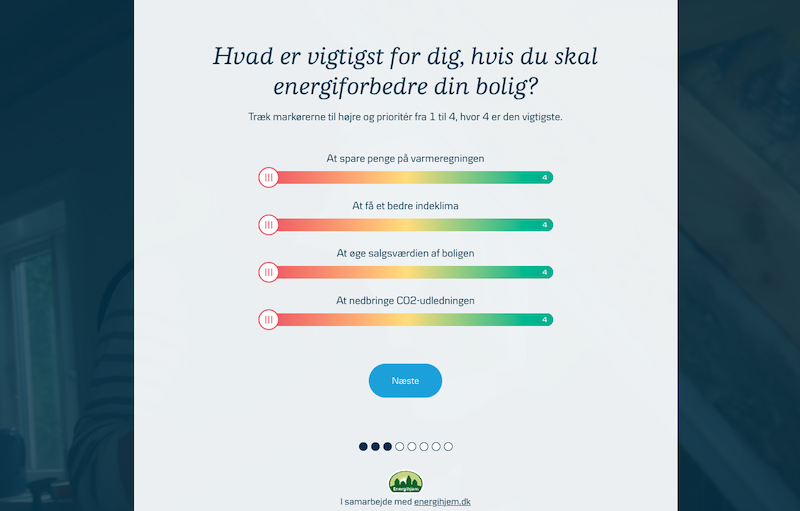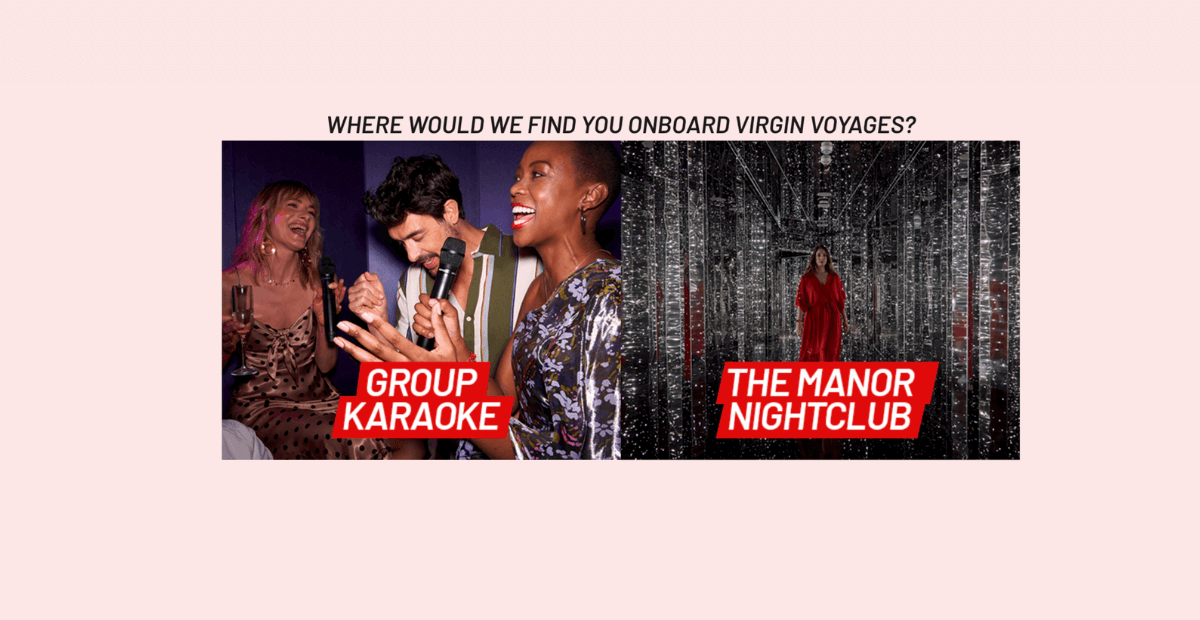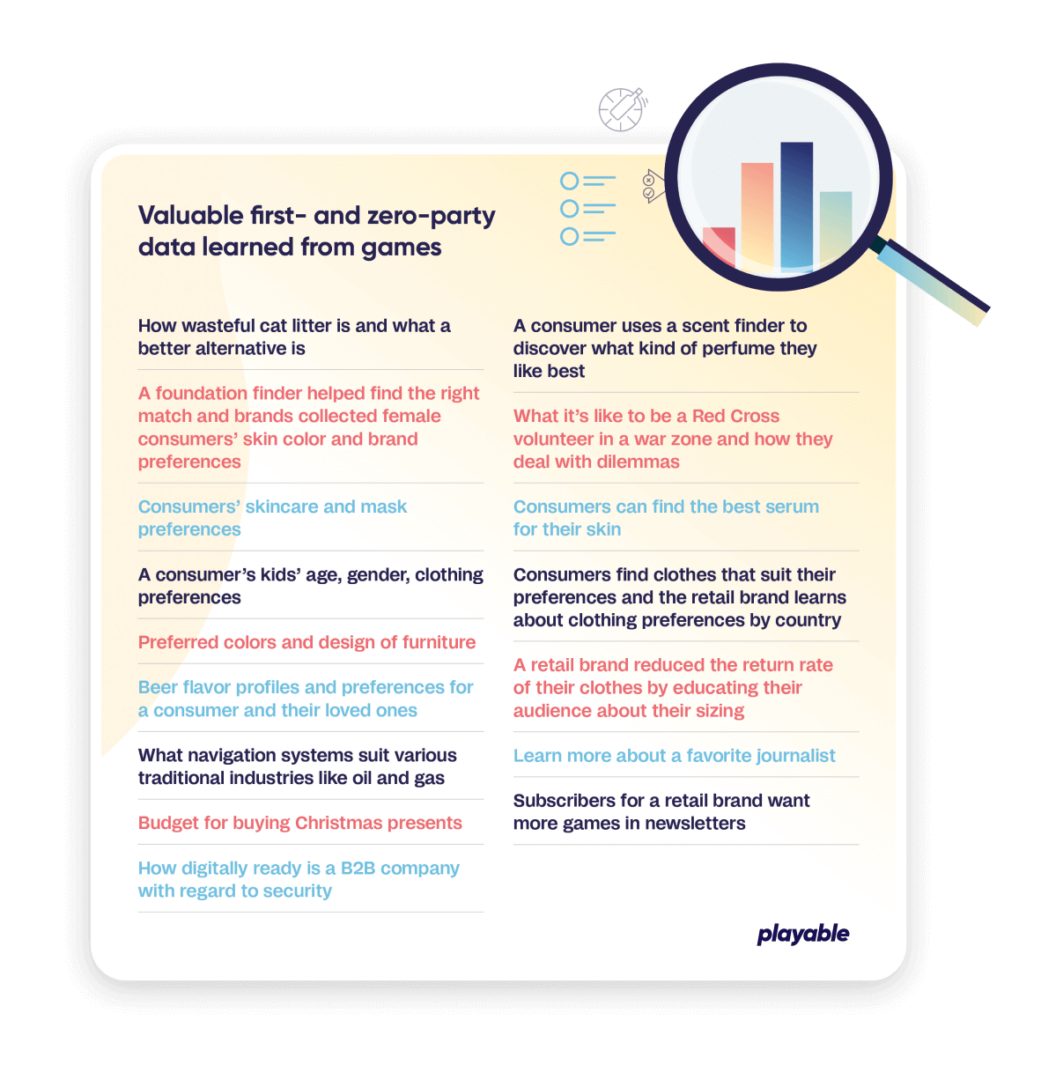Partner Content

What is data capture?
Data capture is about collecting information about your customer that can be used to market to them in the future. So it could be demographic information that helps you to better profile and segment your audience in your marketing. Or it might be sales information that shows what they have bought from you before, allowing you to build out campaigns focusing on potential related purchases, or to better identify their product preferences and buying habits.
What are the types of data capture?
Data capture examples could include anything where your audience adds their information in a capturing tool, such as a newsletter sign-up, an ebook download, or any form in which they register their information.
Why is data capture important?
A key goal of marketers is obtaining consumer data since it allows the building of a clearer picture of the consumers that can help in everything from marketing to future product development. But that relies on effective data capture methods, both to persuade the target customer to share their data in the first place, as well as to ensure such data is accurate and relevant to the business’s needs.
And that’s not such an easy task.
The challenge of data capture methods
The challenge when attempting to capture data is that this is valuable information and more than ever the consumer knows that. It means that they have grown savvier as to whether they will share such data or not. They often need a little more from the business they are engaging with to tempt them to share their information worthwhile, something we call the value exchange.
As consumers know how valuable their data is, you must create an enticing value exchange, which convinces your audience that exchanging their data is worthwhile.
Effective data capture campaign examples
Effective data capture methods make the sharing of such information simple and straightforward for the target customer, removing obstacles that might otherwise deter them from doing so.
Gamification can be a hugely effective data capture method since it can create value for both sides – which means it’s more likely to deliver results. The marketer gets the consumer data that they need. The consumer, meanwhile, gets a potential reward, whether that’s extrinsic (such as a discount code) or intrinsic (such as enjoyment from playing).
Danske Bank
The largest bank in Denmark, Danske Bank, wanted to educate their audience about a complex topic: how homeowners could get public subsidies to make their homes more energy efficient. They created a quiz that resulted in 2 minutes of dwell time and an all-time high CTR (click-through-rate): 38.5%.
The quiz enabled Danske Bank to also collect data and insights on their homeowners segment. This was in addition to educating them on an important topic!

Virgin Red
The rewards program and part of the Virgin Group, Virgin Red, use games as an essential part of their app engagement strategy. Virgin Red also acts as a valuable facilitator by creating opportunities to market promotions, via their app, for different businesses within the Virgin family.
One example of this is their collaboration with Virgin Voyages. Virgin Red created a competition where winners of the game were given a chance to win seats on a luxury cruise with Virgin Voyages.
The results were impressive, and Virgin Red was also able to get players excited about the experiences on the cruise while seeing what their preferences on it would be.

The value exchange for the brand
While these are undoubtedly valuable to the consumers, the worth to the brand can be far greater. More than 160,000 respondents shared their shapes and color preferences as part of the personality test, giving the brand a rich pool of information that it could use for more informed decisions about retail and wholesale planning, as well as future product development.
But the benefits didn’t end there. The data captured was so broad that Masai was able to create a 20-page brief which suggested improvements to their clothing based on the data captured.
For Danske Bank, the time spent and conversion rate were valuable. So was educating a very targeted segment of their audience on a complex, lower-interest topic.
With Virgin Red, they already have a successful engagement strategy running, and Playable removed friction by making games easier to create. In addition, Virgin Red was also able to facilitate other brands in the family, add members to their program, and gather insights into their consumers’ preferences.
So by using gamification and playable marketing, these companies not only educated or inspired their audiences, they also succeeded in creating a value exchange with their audience, who benefitted from these playable experiences.
Why gamification is a data capture method that allows you to learn more
The Masai example shows that gamification is effective as a data capture method. But the added benefit of gamification is that it can be more effective than even your customers might think. It doesn’t need to lead to formal insights like it did for Masai; Danske Bank and Virgin Red were also able to gather valuable data and insights from their interactions. In our latest report, Actions Don’t Align to Intentions we found that consumers often share more than they think they will with gamification.
The data captured will be dependent on the marketer's needs but might range from address to preferred store for order pick-up to TikTok username. Some of this is sensitive data that consumers can be reluctant to share. Yet introduce gamification and consumers become more willing to share with 36% saying that they would share their zip code when engaging with a gamified ad compared to 55% who actually did so in practice.

Indeed the extent of data capture possible when consumers open up with gamification can also be surprising and can allow brands to build a very intimate portrait of the consumer. For example, we’ve had clients find out everything from their customers’ best-loved hiking area to their favourite tennis player.
And that is information you might not even know about your best friend.

